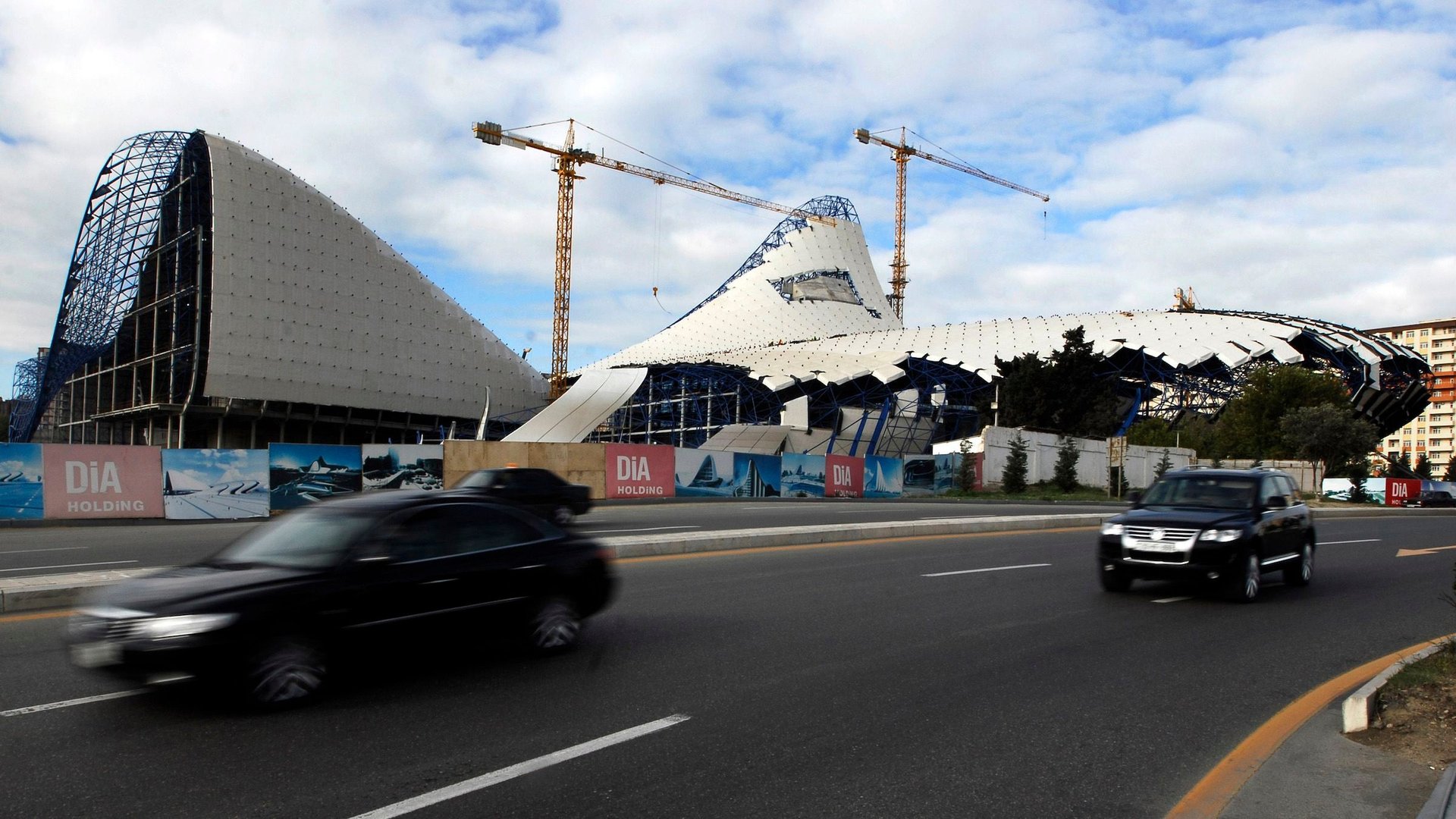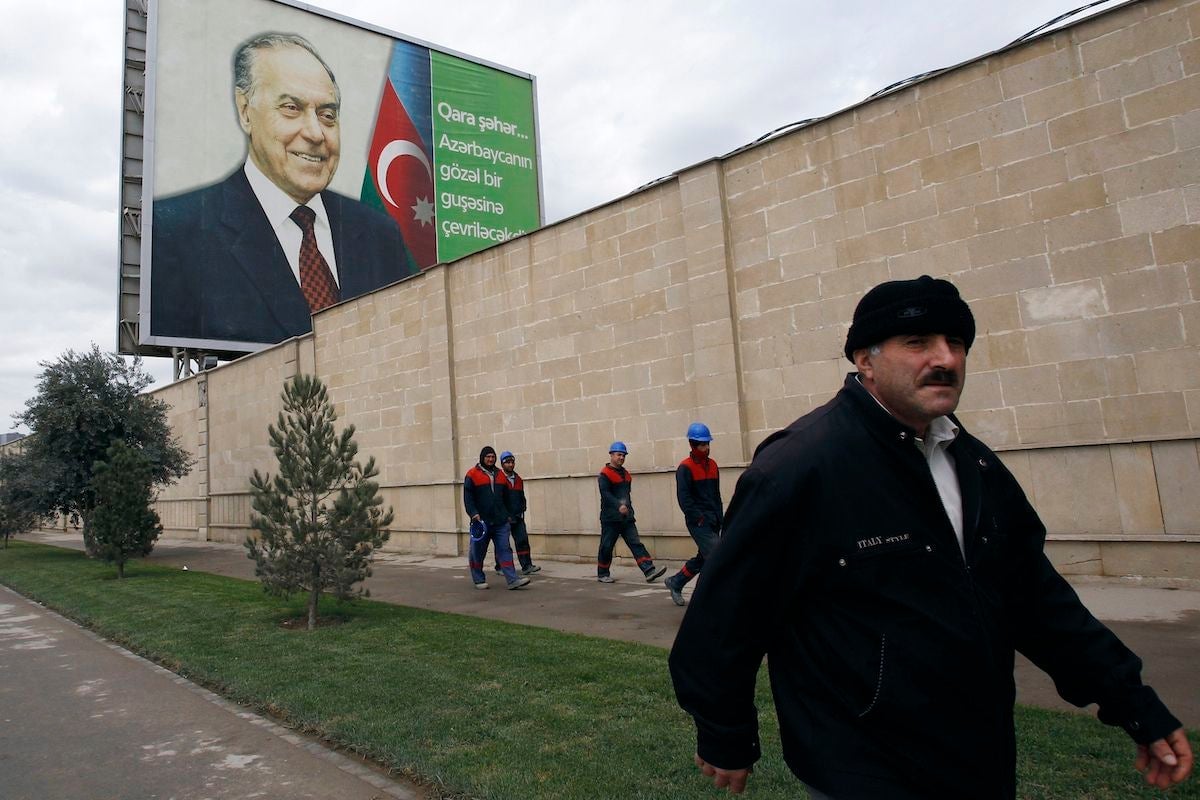A monument to a dead despot just triumphed over a chair as the design of the year
This post has been updated.


This post has been updated.
When the Design Museum of London held a ceremony last night in a five-star London hotel to announce the Design of the Year award, the winner wasn’t an efficient car, an ergonomic chair, or an app that brings eye care to developing countries, all of which had been nominated. Instead, the six-member jury gave the prize to a building designed by Zaha Hadid and named for a dictator—the Heydar Aliyev Cultural Center, in Baku, Azerbaijan.
The building’s billowing, computer-generated forms left the jury scrambling for superlatives. “It is as pure and sexy as Marilyn’s blown skirt,” one judge said. “It’s the clear vision of a singular genius,” said another. But a third noted that even singular geniuses don’t work in isolation: ”A great architect needs a great client.”
Hadid’s client was Ilham Aliyev, the president of Azerbaijan and—like his late father, to whom the building is dedicated—an autocrat who presides over a regime of corruption and human rights abuses. Just before the building officially opened last November, the younger Aliyev won a third five-year term as president with an improbable 84.6% of the vote.

For Hadid, the project “offered the rare opportunity of nearly total design freedom.” But that freedom apparently didn’t extend beyond the architect. While the center was being built, the Guardian reports, migrant workers from Bosnia and Serbia were “forced to work in Baku in appalling conditions, subjected to physical and psychological violence, with their passports confiscated.” (This was years before the deaths of hundreds of workers in Qatar, where Hadid has designed the 2022 World Cup stadium, prompted the architect to declare, “I cannot do anything about it because I have no power to do anything about it.”) The Azerbaijani government forcibly evicted residents and demolished hundreds of homes to make way for the 619,000-square-foot center.
Human Rights Watch has documented similar abuses in other Baku development projects as the government spends $6 billion a year trying to position the capital city as “a destination for the rich and fabulous.”
Designing buildings on a large scale is always going to be complicated. And Azerbaijan is hardly the only place in the world where architects work with suspect governments. Rem Koolhaas and Santiago Calatrava are just two architects whose recent prestige projects (in China and Israel, respectively) have been criticized for giving cultural cover to objectionable policies, but there’s a long history of fraught relationships between architects, their powerful patrons, and the monuments they build together.
Ironically, that’s the topic of The Edifice Complex, a 2005 book by Deyan Sudjic, a former architecture critic—and current head of the Design Museum. He’d do well to include a copy of his book along with the instructions to the next jury and insist that they actually go and visit the buildings they’re claiming to judge. Only one member of the jury did this year.
[This post was updated on August 26 at 4:41am to clarify Hadid’s response to the deaths of workers in Qatar.]